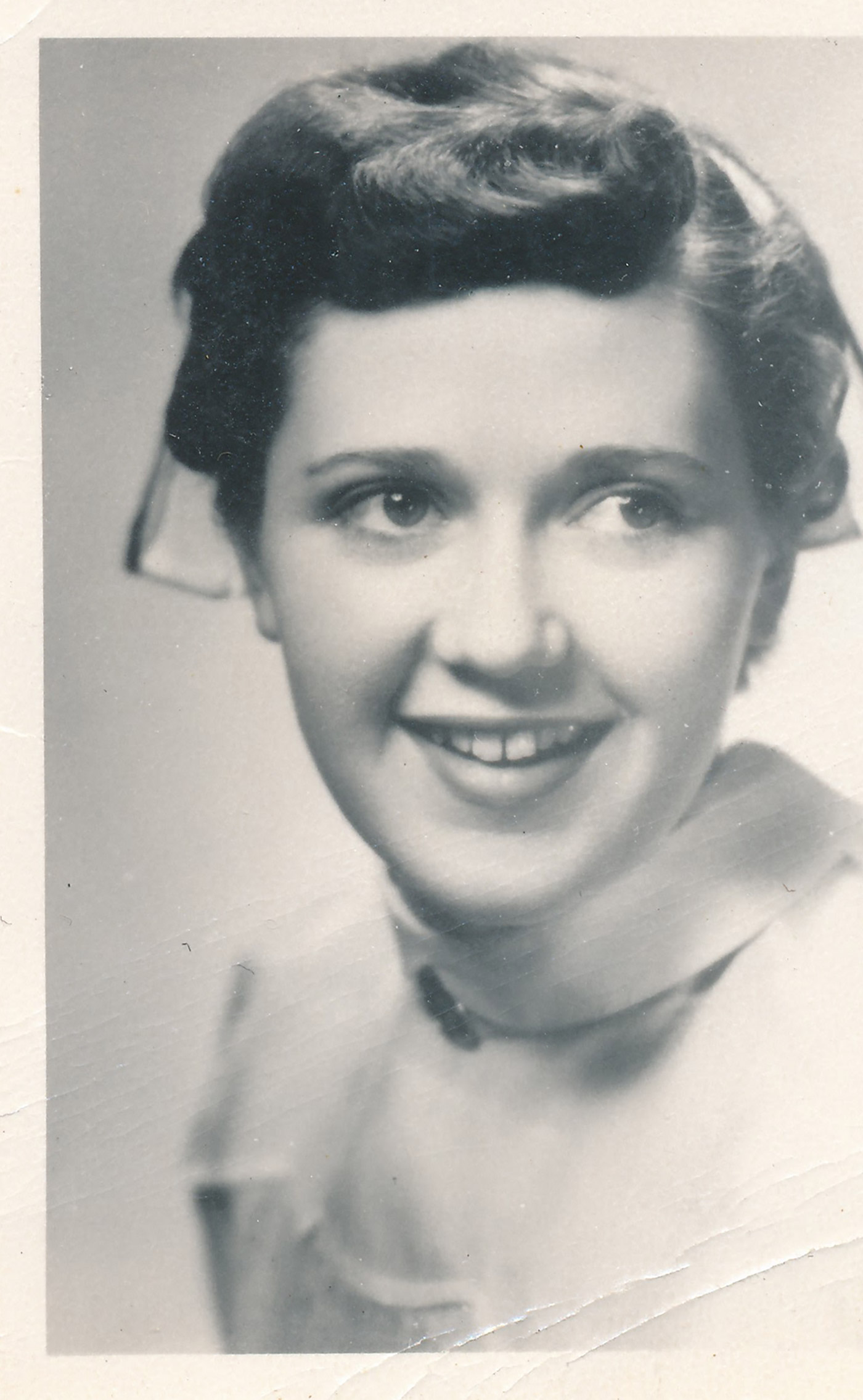POV: What My Family and I Learned from Losing Our Mother to COVID-19

Jo Anne Swart, was an RN/nurse practitioner whose area of expertise was death and dying. She died of COVID-19 on December 8 at the age of 87. Photo courtesy Wendy Swart Grossman
POV: What My Family and I Learned from Losing Our Mother to COVID-19
A 12-step guide for those facing the same crisis
This past November, what had been a story of other people and an inconvenience throughout the COVID-19 pandemic became tragically real when my mother, Jo Anne Swart, was diagnosed with COVID-19. She died from the virus on December 8, at age 87. But I don’t want her story to be a tragic one, because that is not who Mom is, or was. Her story—our story—is of a loving family scattered across the country in three time zones who pulled together to support our sick mom using all our talents to make sense, make room, and make meaning out of death in the time of a pandemic.
Our mom was an RN/nurse practitioner whose area of expertise was death and dying. Yes, Elizabeth Kubler Ross’ seminal work, On Death and Dying, was on the kitchen table throughout much of our childhood. Mom and Elizabeth taught us well. I am writing this because, like my mom, I need to be helpful. I like to share what I have learned (and am learning). Should you find yourself in a situation similar to ours, perhaps some of the lessons we learned over the course of our mother’s illness and dying will help you, too.
1. Create a response team group text
For us, this included the three siblings and the eldest adult grandchild. (It really helps if the eldest grandchild is also a grief therapist. Yes, she really is, and what a gift that turned out to be!) In addition to sharing updates and logistics, share pictures, share stupid jokes, share what you’re feeling.
2. Designate one person each day to interface with the nurse’s station and disseminate that info through the response team group text
The last thing you want to do is overwhelm the incredible nursing staff with multiple people calling to get the same updates and information.
3. Designate more than one person with a medical power of attorney
Decisions happen fast and this way more than one person can be available to the medical staff when things like the “We need permission to call 911” call comes in.
4. Research hospice places early on
Be prepared, because once you get an end-of-life designation, the hospital wants your loved one out of there ASAP, as they need the bed for the next COVID-19 patient. Sad but true.
5. Find a hospice room that’s adjacent to an outdoor space if possible
We were lucky. My mother was dying in December, but she lived in Arizona. The hospice room had an attached patio. My eldest brother, who flew the one and a half hours from San Francisco to Phoenix, camped out on the patio so he could be at least 10 feet away from mom, double-masked, outside. But she knew he was there.
6. Technology is your friend
My brother was able to set up his laptop on an outdoor patio chair and zoom the camera in so we could see mom in her bed. He also had a portable speaker that could go next to mom’s bed so she could hear our voices. Hearing is the last sense to go.
7. Outsource a facilitator or death doula if you want to have a vigil bedside
We are a spiritual but mostly agnostic family, and while we are all high-functioning folks who know our way around a facilitation, we couldn’t do this for our own mother/grandmother. If you belong to a temple/church/synagogue/mosque, there are prescribed rituals and people to call. We knew we needed someone to facilitate, to take charge, to hold space, and give us permission to grieve. We had a glorious death doula who facilitated a two-hour bedside vigil for mom.
8. Music is a transportive vehicle
But singing together on Zoom, as we discovered, doesn’t work due to the lag. Arrange for one person to sing and you can play music through your computer. Another option is Threshold Choir, a singing group that sings specifically for those on the threshold of dying. You can download music for free off their website.
9. Talk directly to the dying
Say your loved one’s name. Cover them with verbal hugs and gentle strokes. Massage their feet with your stories. Hold their hand and trace their palms with your beautiful memories.
10. Have a plan in place for what to do with your loved one’s remains
Given the pandemic, COVID-19 patients’ bodies are moved quickly from the hospice to the morgue, so know if cremation or burial is their/your choice.
11. What to know about funerals during a pandemic
Our family will have an in-person service when it is safe, but that is six-plus months from now. Think about what you need immediately following your family member’s death. I felt the need to gather whoever wanted to join me for an evening of virtual storytelling over Zoom, sharing stories about mom while drinking her favorite beverages—vodka tonics, diet Coke, and frappuccinos.
12. Everyone grieves differently
Some people grieve with laughter, some with tears. Others grieve with music, some by compartmentalizing. Don’t pass judgment. Grief is a process that we aren’t really in charge of, but we can give ourselves room and pay attention. For now, I will make myself a cup of tea.
Comments & Discussion
Boston University moderates comments to facilitate an informed, substantive, civil conversation. Abusive, profane, self-promotional, misleading, incoherent or off-topic comments will be rejected. Moderators are staffed during regular business hours (EST) and can only accept comments written in English. Statistics or facts must include a citation or a link to the citation.